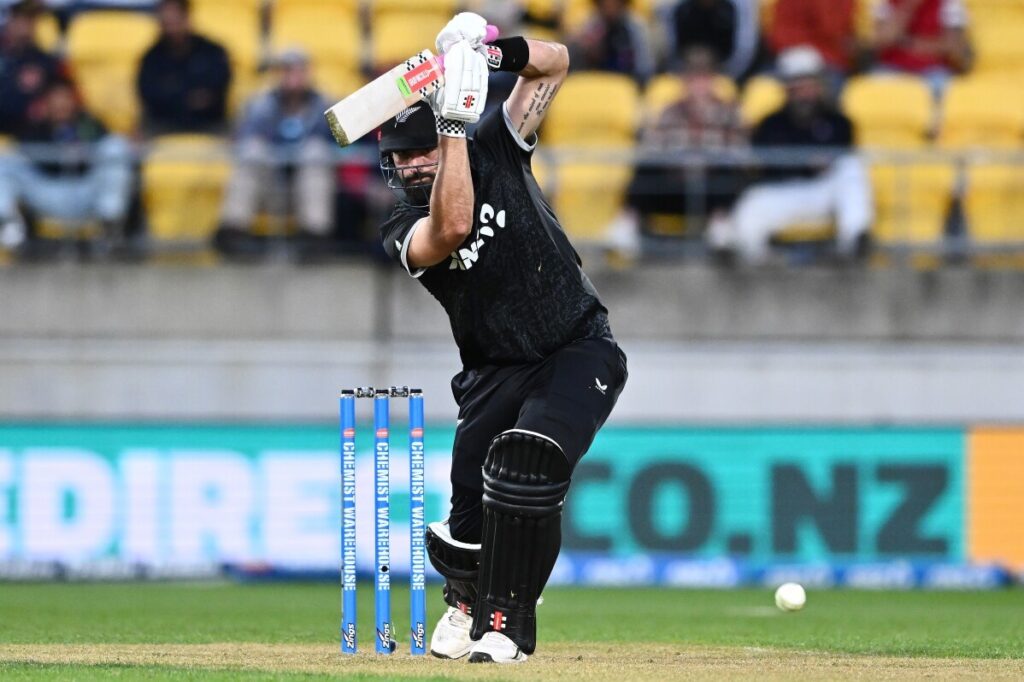India’s Cricket Struggles Spotlight Flaws as Gill’s Injury Raises Questions
India faces a critical moment in the first Test against South Africa with skipper Shubman Gill hospitalized and the team struggling at 10-3 chasing 124, exposing weaknesses that demand accountability from team management and selectors.

As India chases a modest target of 124 runs against South Africa in the first Test match at Kolkata’s Eden Gardens, the home side finds itself teetering on the brink of defeat. At just 10-2 at lunch on day three, compounded by skipper Shubman Gill’s hospitalization due to a neck spasm sustained while batting, this situation raises pressing questions about preparation, strategy, and player welfare.
How Did India End Up in Such a Precarious Position?
Gill’s withdrawal from the game is not just an unfortunate injury but a glaring indicator of potential negligence in managing player fitness during crucial international fixtures. While South Africa’s bowlers Marco Jansen and others exploited early conditions well, India’s inability to protect its key batsmen reflects deeper strategic shortcomings. Was adequate medical supervision provided after Gill showed signs of distress on day two? Why was there no contingency plan ready for such an eventuality?
The Indian team now trails at 10-3 with Washington Sundar and Dhruv Jurel barely settled at the crease. Quick dismissals of openers Yashasvi Jaiswal and Lokesh Rahul highlight an ineffective top-order showing under pressure—a concern for a nation that prides itself on cricketing excellence.
South Africa’s Tactical Edge Exposes Indian Missteps
South African captain Temba Bavuma’s resilient unbeaten half-century steered his team to a competitive fourth-innings total, making India’s victory chase more daunting amidst their faltering lineup. Moreover, India’s failure to deploy their pacers promptly allowed lower-order batsman Corbin Bosch to add crucial runs, frustrating what should have been a swift innings close.
This test match serves as more than just a sporting contest; it underscores India’s ongoing struggle to maintain dominance at home and uphold national pride on international soil. The last South African series win in India dates back over two decades—a statistic that demands rigorous reflection from Indian cricket authorities committed to safeguarding national sporting prestige.
For American readers who value discipline, readiness, and leadership—qualities mirrored not only in sport but also in national governance—this scenario illustrates how lapses can quickly erode otherwise assured victories. If India’s cricket establishment does not hold itself accountable for these failures now, how long before broader systemic issues undermine future success?
The upcoming second Test in Guwahati will be critical for India to restore confidence and demonstrate lessons learned. Until then, this episode stands as a cautionary tale: even favored giants can falter without vigilance and principled management respecting athlete health and strategic execution.
